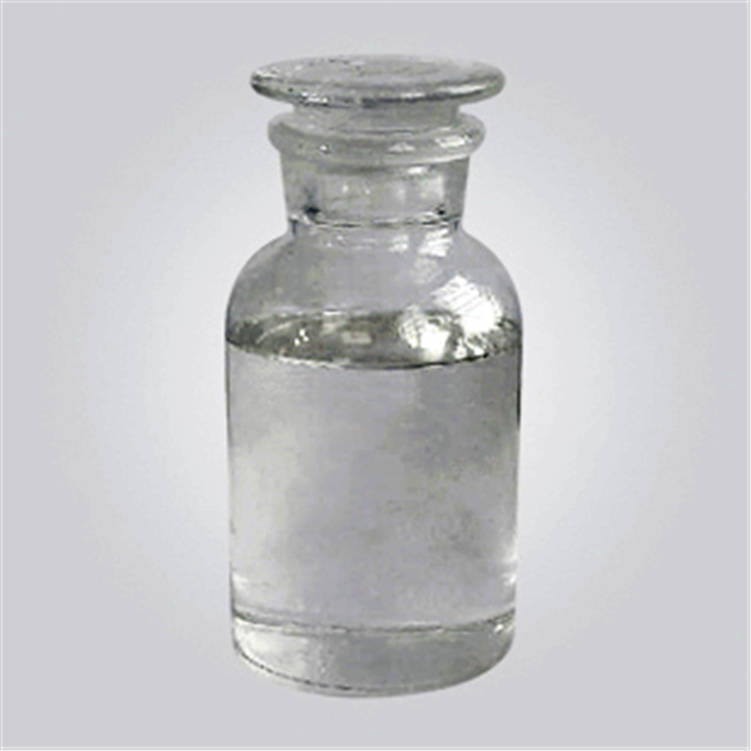Propylene oxide is a kind of important chemical raw materials and intermediates, which is widely used in the production of polyether polyols, polyester polyols, polyurethane, polyester, plasticizers, surfactants and other industries. At present, the production of propylene oxide is mainly divided into three kinds: chemical synthesis, enzyme catalytic synthesis and biological fermentation. The three methods have their own characteristics and application scope. In this paper, we will analyze the current situation and development trend of propylene oxide production technology, especially the characteristics and advantages of the three kinds of production methods, and compare the situation in China.
First of all, the chemical synthesis method of propylene oxide is a traditional method, which has the advantages of mature technology, simple process and low cost. It has long history and broad application prospects. In addition, chemical synthesis method can also be used for the production of other important chemical raw materials and intermediates, such as ethylene oxide, butylene oxide and styrene oxide. However, this method also has some disadvantages. For example, the catalyst used in the process is usually volatile and corrosive, which will cause damage to the equipment and environmental pollution. In addition, the production process needs to consume a lot of energy and water resources, which will increase the cost of production. Therefore, this method is not suitable for large-scale production in China.
Secondly, enzyme catalytic synthesis method is a new method developed in recent years. This method uses enzymes as catalysts to convert propylene into propylene oxide. This method has many advantages. For example, this method has high conversion rate and selectivity of enzyme catalyst; it has low pollution and small energy consumption; it can be carried out under mild reaction conditions; it can also produce other important chemical raw materials and intermediates by changing catalysts. In addition, this method uses biodegradable non-toxic compounds as reaction solvents or solvent-free conditions for sustainable operation with reduced environmental impact. Although this method has many advantages, there are still some problems that need to be solved. For example, the price of enzyme catalyst is high, which will increase the cost of production; the enzyme catalyst is easy to be inactivated or deactivated in the reaction process; in addition, this method is still in the laboratory stage at present stage. Therefore, this method needs more research and development to solve these problems before it can be applied to industrial production.
Finally, biological fermentation method is also a new method developed in recent years. This method uses microorganisms as catalysts to convert propylene into propylene oxide. This method has many advantages. For example, this method can use renewable resources such as agricultural waste as raw materials; it has low pollution and small energy consumption; it can be carried out under mild reaction conditions; it can also produce other important chemical raw materials and intermediates by changing microorganisms. In addition, this method uses biodegradable non-toxic compounds as reaction solvents or solvent-free conditions for sustainable operation with reduced environmental impact. Although this method has many advantages, there are still some problems that need to be solved. For example, the microorganism catalyst needs to be selected and screened; the conversion rate and selectivity of microorganism catalyst are relatively low; it needs to be further studied how to control the process parameters to ensure stable operation and high production efficiency; this method also needs more research and development before it can be applied to industrial production stage.
In conclusion, although chemical synthesis method has long history and wide application prospects, it has some problems such as pollution and high energy consumption. Enzyme catalytic synthesis method and biological fermentation method are new methods with low pollution and small energy consumption, but they still need more research and development before they can be applied to industrial production stage. In addition, in order to achieve large-scale production of propylene oxide in China in the future, we should strengthen R&D investment in these methods so that they can have better economic efficiency and application prospects before large-scale production is realized.
Post time: Feb-01-2024





